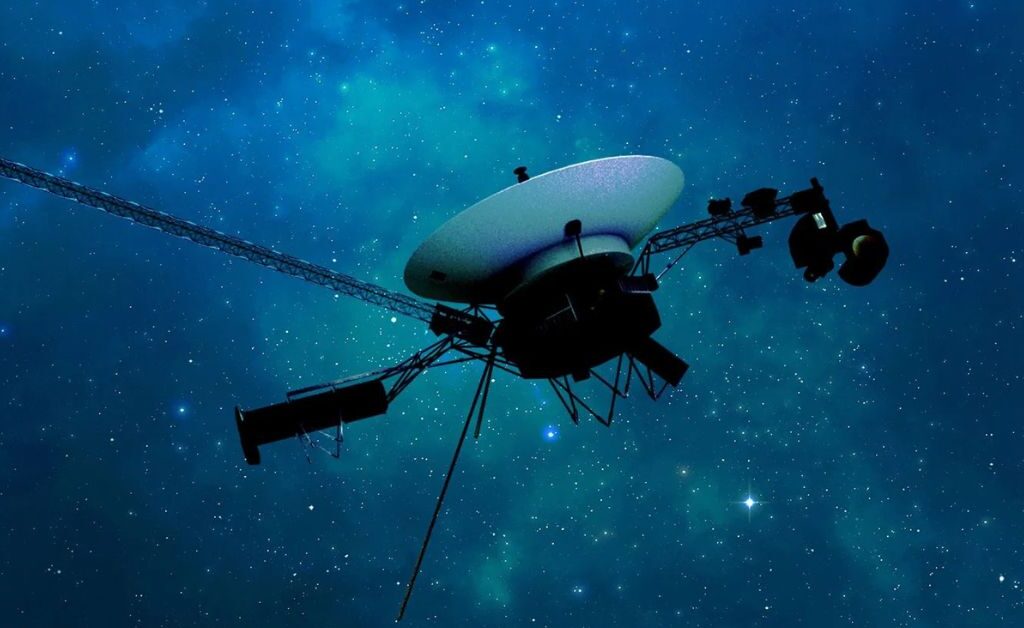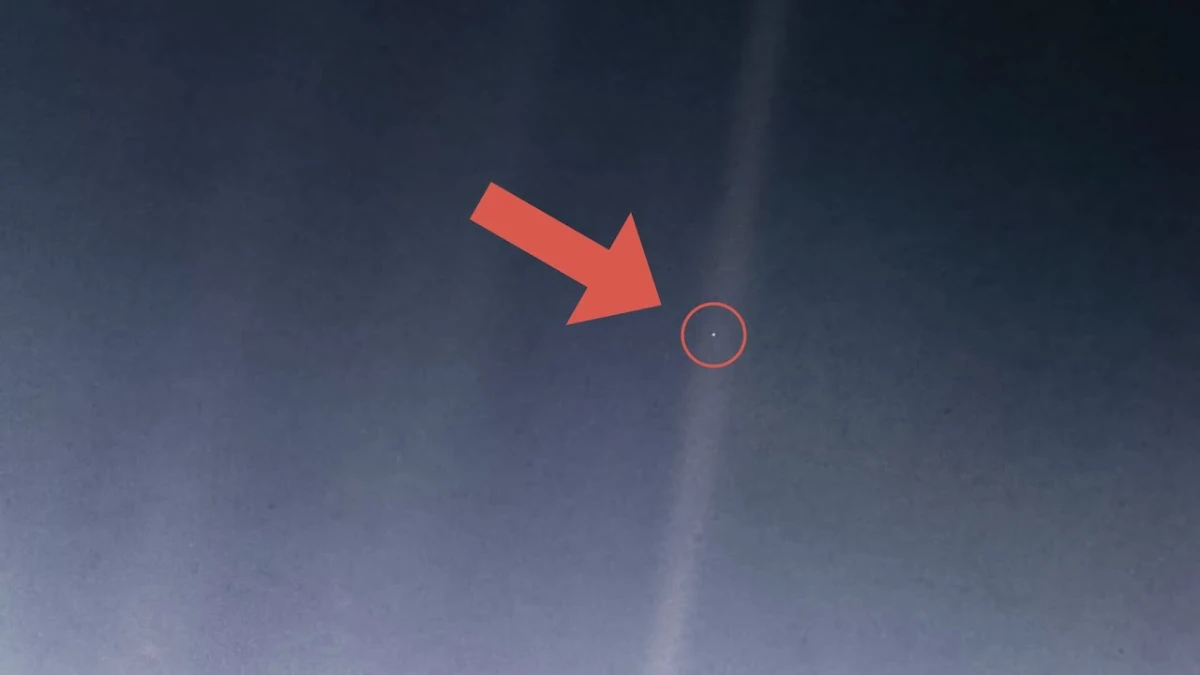Voyager 1: Exploring the Longest and Farthest Mission in the History of NASA

/ Explore NASA’s epic Voyager 1 mission—the longest and farthest journey in space history. Discover groundbreaking discoveries and the Golden Record’s cosmic message.
Author: Nilesh Badwar.
Updated on: 23 Dec 2023, 14:37 PM IST
For those captivated by the mysteries of space, the question of the longest and farthest mission in NASA’s history has likely crossed your mind. In this exploration, we are looking into the awe-inspiring odyssey of the longest and farthest mission ever undertaken by NASA.
Meet Voyager 1: A Pioneer in Interstellar Exploration:
In the vast world of space exploration, no spacecraft has ventured as far as NASA’s Voyager 1. Launched in 1977 with the primary mission to explore Jupiter and Saturn, Voyager 1 exceeded all expectations, crossing into interstellar space in August 2012 and continuing its quest for knowledge.
Voyager 1 and its companion, Voyager 2, hold the record for the longest-operating spacecraft in history. Beyond their longevity, these missions have provided humanity with unprecedented insights into uncharted territories, unraveling the mysteries of energy and radiation in space—a vital foundation for safeguarding future space endeavors and the brave astronauts who embark on them.
The Golden Record: Humanity’s Message to the Cosmos
Carrying a profound message from Earth to the cosmos, Voyager 1 holds a unique artifact—the Golden Record. This record encapsulates greetings in 55 languages, images depicting life on Earth, and a musical ensemble ranging from Beethoven to Chuck Berry’s “Johnny B. Goode.” It’s a heartfelt gesture, a cosmic postcard representing the diversity and creativity of our planet.

Achievements of Voyager 1:
Voyager 1 boasts a series of pioneering achievements in space exploration. It was the first spacecraft to breach the heliosphere, the boundary where the forces from our sun give way to the influences of the wider galaxy. Notably, it holds the distinction of being the first human-made object to journey into interstellar space, marking a historic milestone in our cosmic exploration.
During its mission to Jupiter, Voyager 1 made groundbreaking discoveries, uncovering a thin ring around the giant planet and identifying two previously unknown Jovian moons—Thebe and Metis. As it continued its journey to Saturn, Voyager 1 revealed five new moons, a unique ring known as the G-ring, and captured mesmerizing images of Saturn’s diverse moons, including the mysterious Titan.
Capturing the Solar System’s Portrait
In a remarkable moment of cosmic introspection, on February 14, 1990, Voyager 1 turned its cameras backward, capturing a series of images that compose the iconic “Pale Blue Dot.” This mosaic, showcasing our solar system from a distance of 3.7 billion miles, serves as a poignant reminder of Earth’s fragility and uniqueness in the vastness of space.

Interstellar Pioneering: Breaking Free from the Solar Shackles
Voyager 1’s journey extended beyond the confines of our solar system, officially entering interstellar space on August 25, 2012. This marked an unparalleled achievement, as the spacecraft ventured into uncharted territory, providing invaluable data on the transition between the heliosphere and the interstellar medium.
Forty Years and Beyond of Voyager 1:
As of September 5, 2017, Voyager 1 celebrated its 40th anniversary since launch, a testament to the resilience and ingenuity of its creators. Despite being over 11 billion miles away from the Sun, these intrepid spacecrafts continue to communicate with NASA’s Deep Space Network, transmitting data from four still-functional instruments.
The Ongoing Legacy of Voyager 1:
Voyager 1’s legacy extends beyond its technical achievements. Each spacecraft carries a message, etched onto a golden disc, serving as a time capsule for potential extraterrestrial encounters. The two Voyagers, now venturing far from the Sun’s warmth, have become pioneers in the truest sense, offering a bridge between humanity and the cosmic unknown
Conclusion:
The odyssey of Voyager 1 stands as a testament to human curiosity, resilience, and the insatiable desire to explore the cosmos. As these vintage robots continue their journey, we eagerly await the scientific marvels and cosmic secrets they may unveil in the unexplored realms of the universe.
